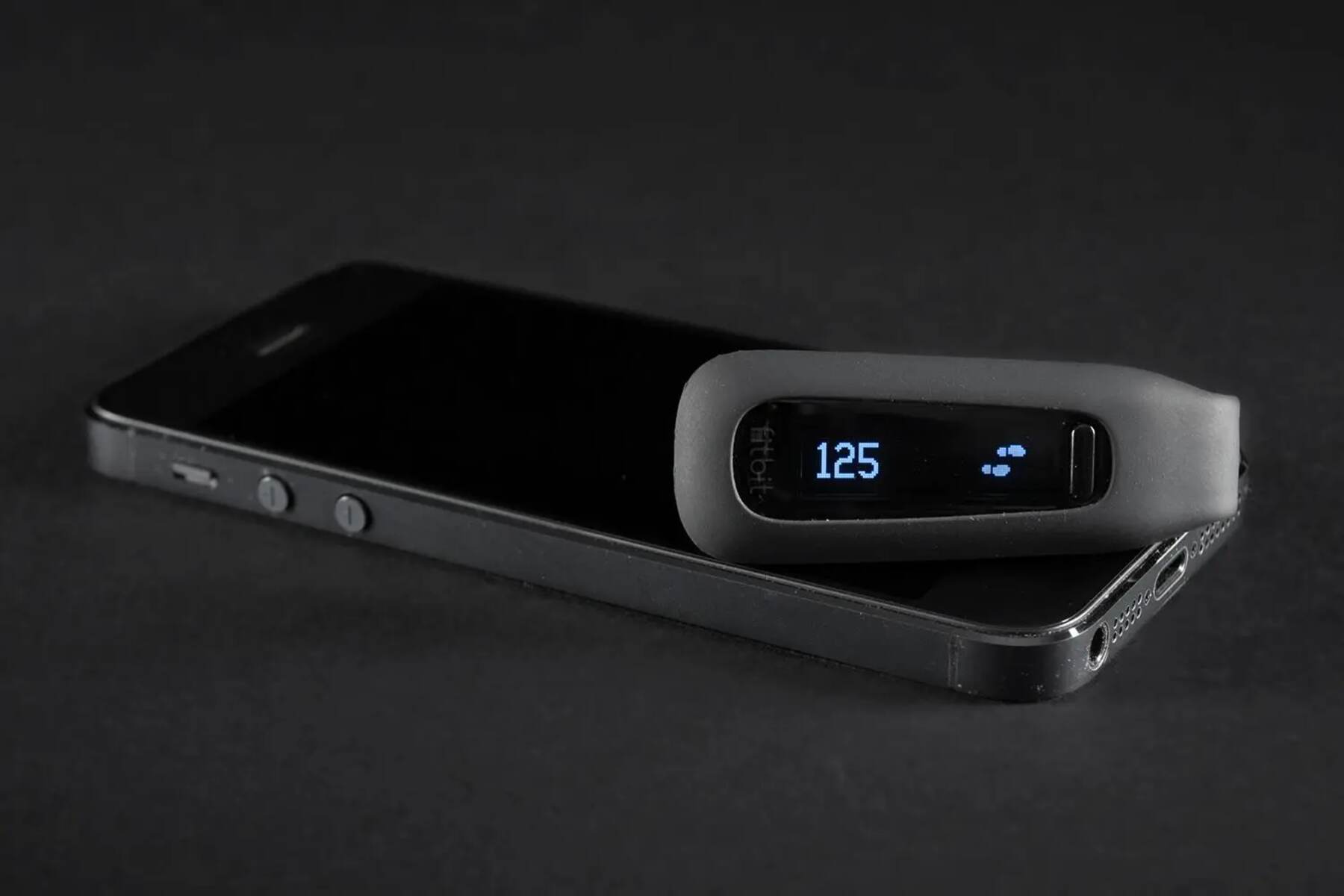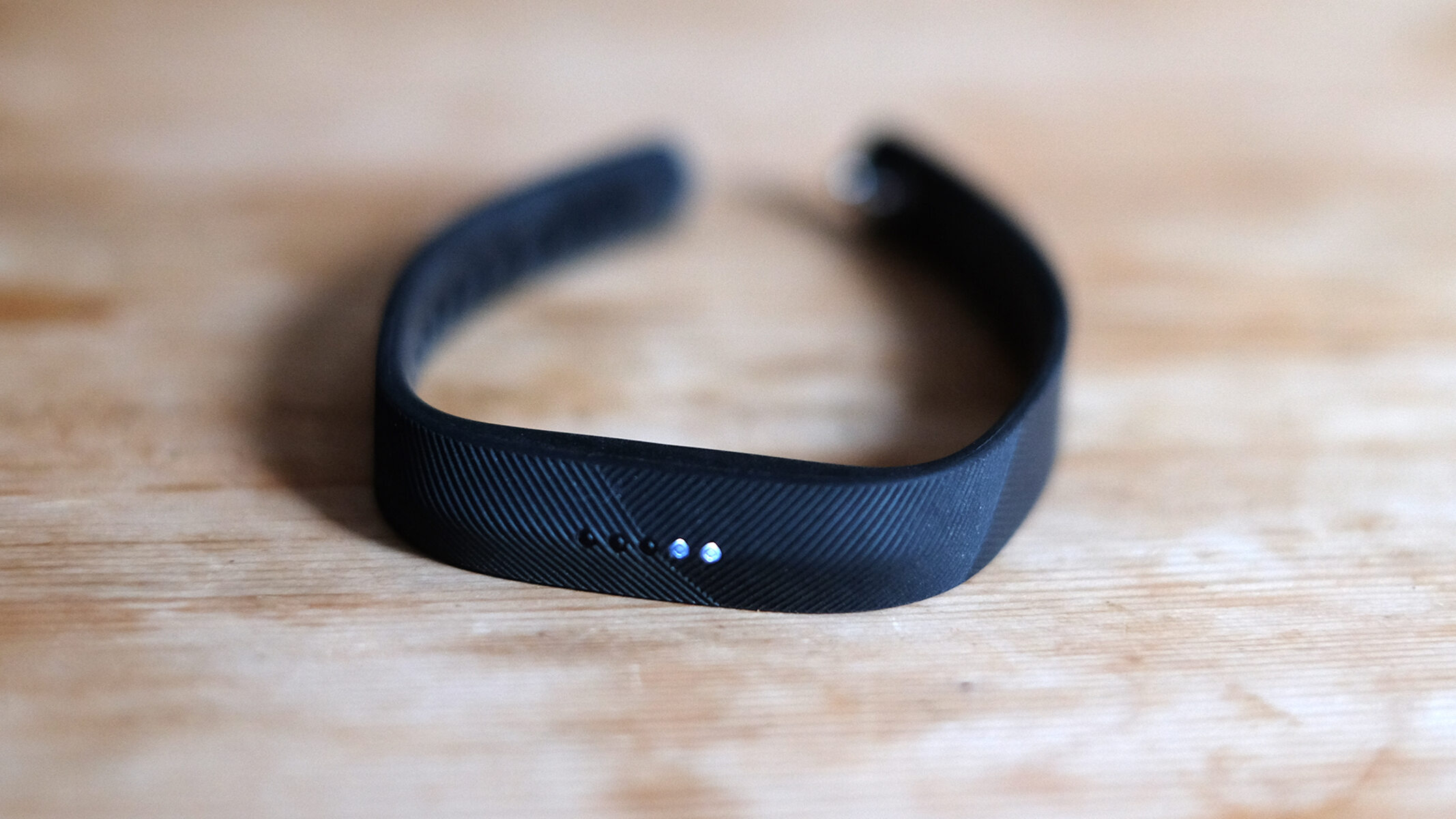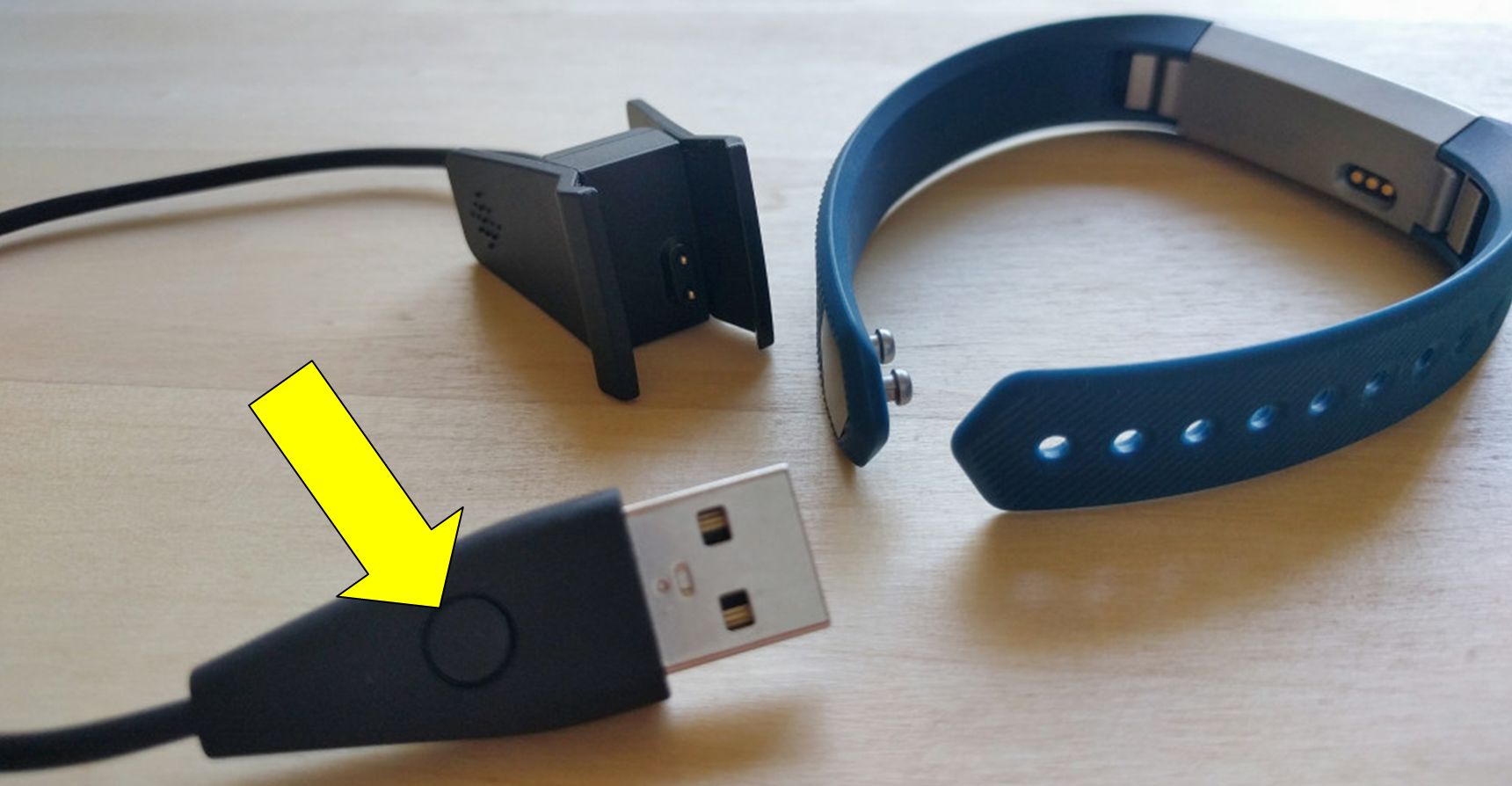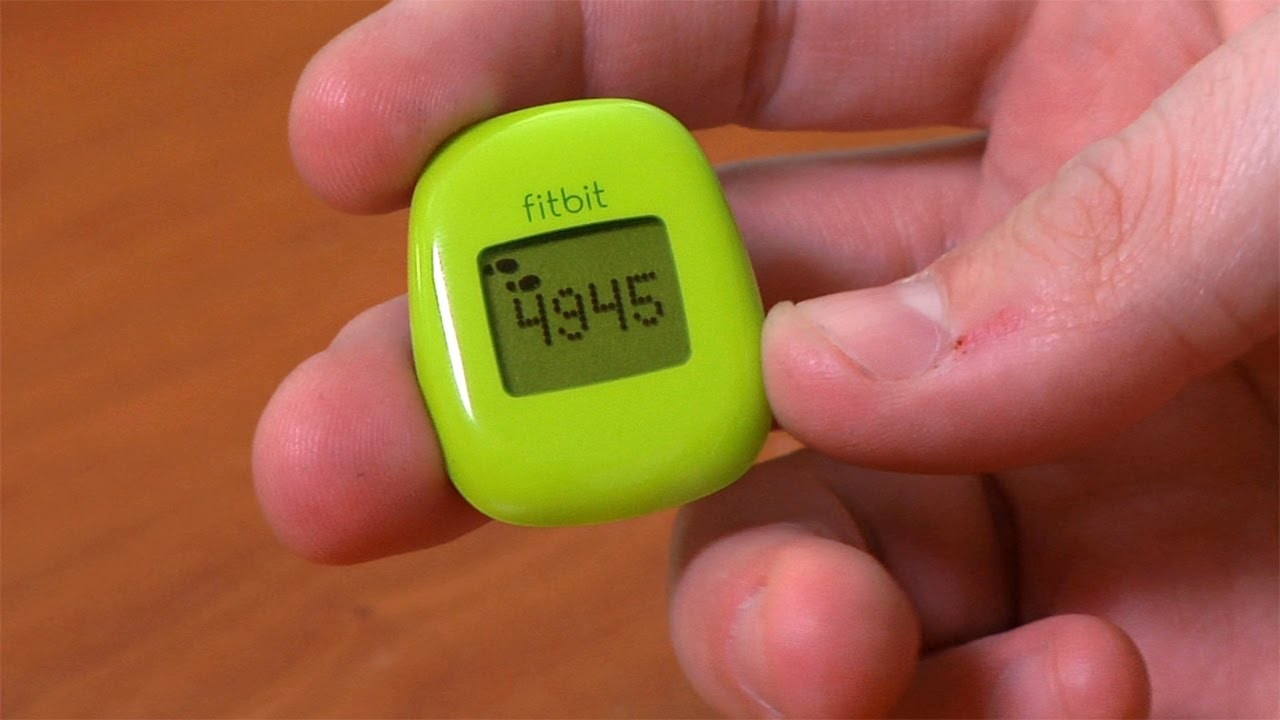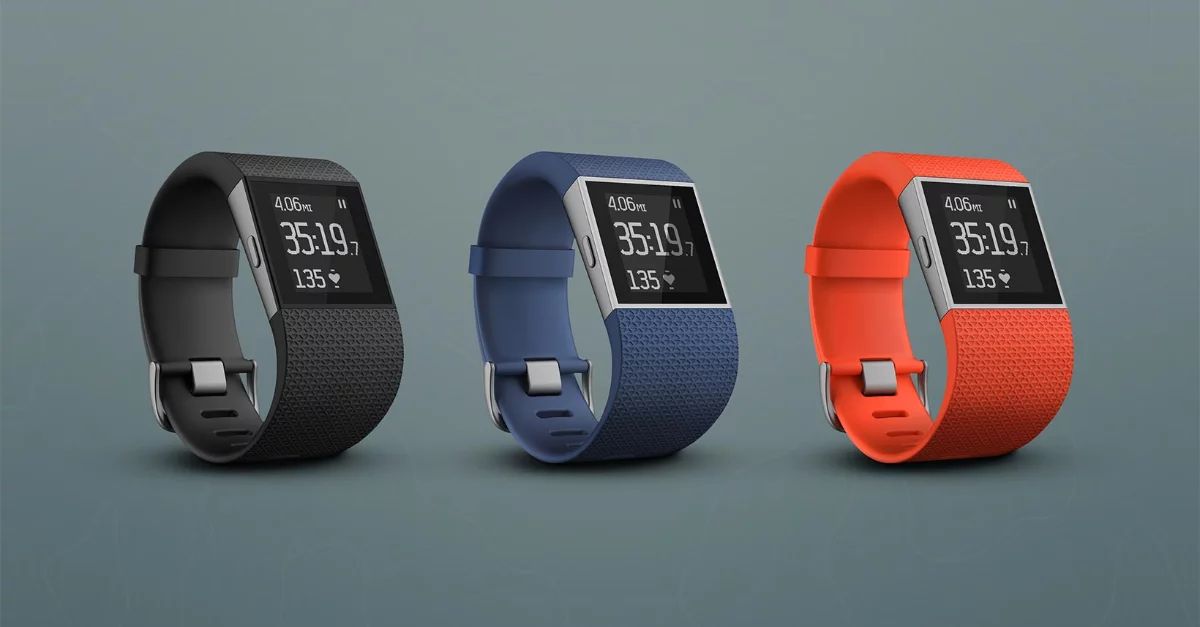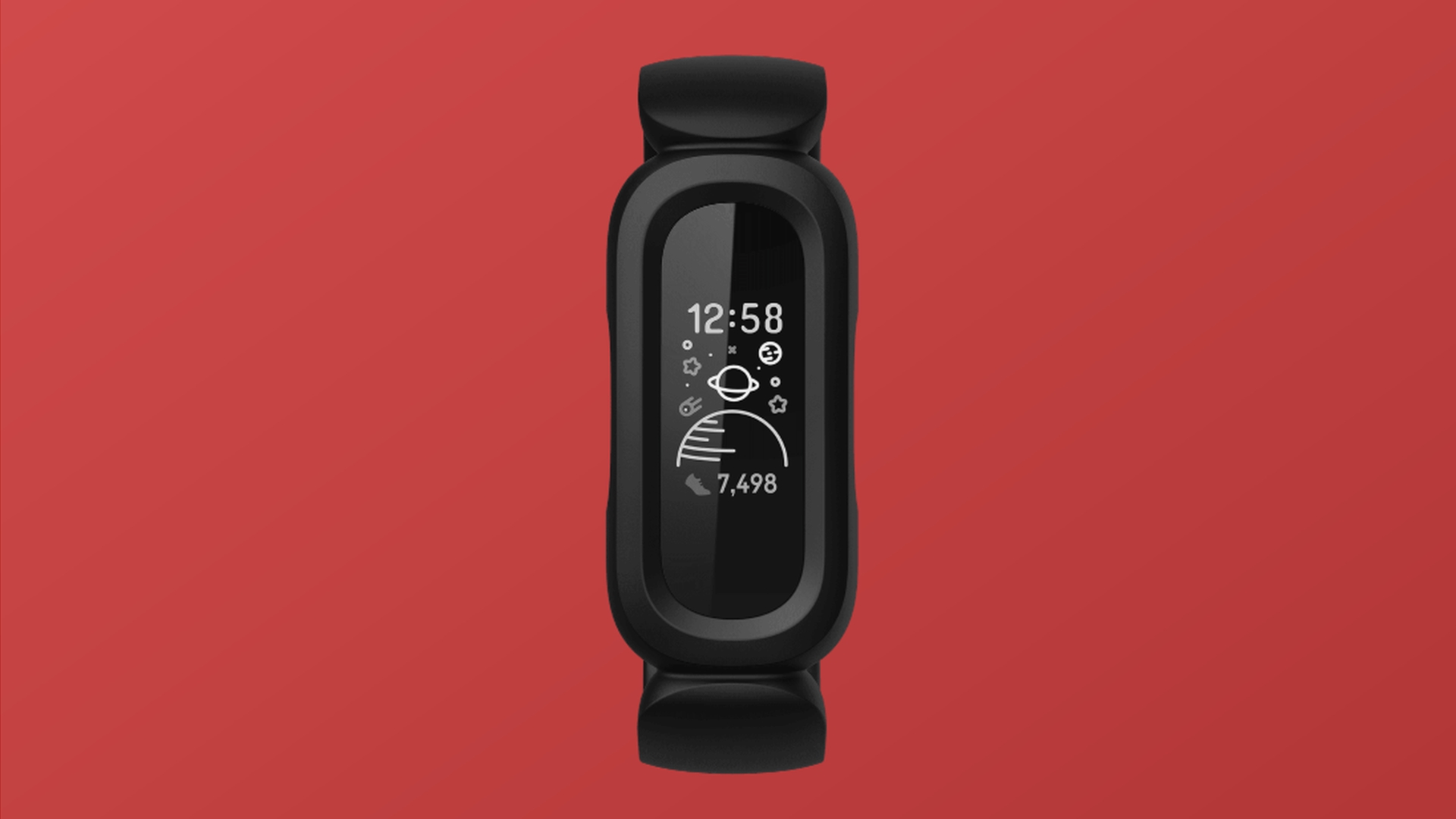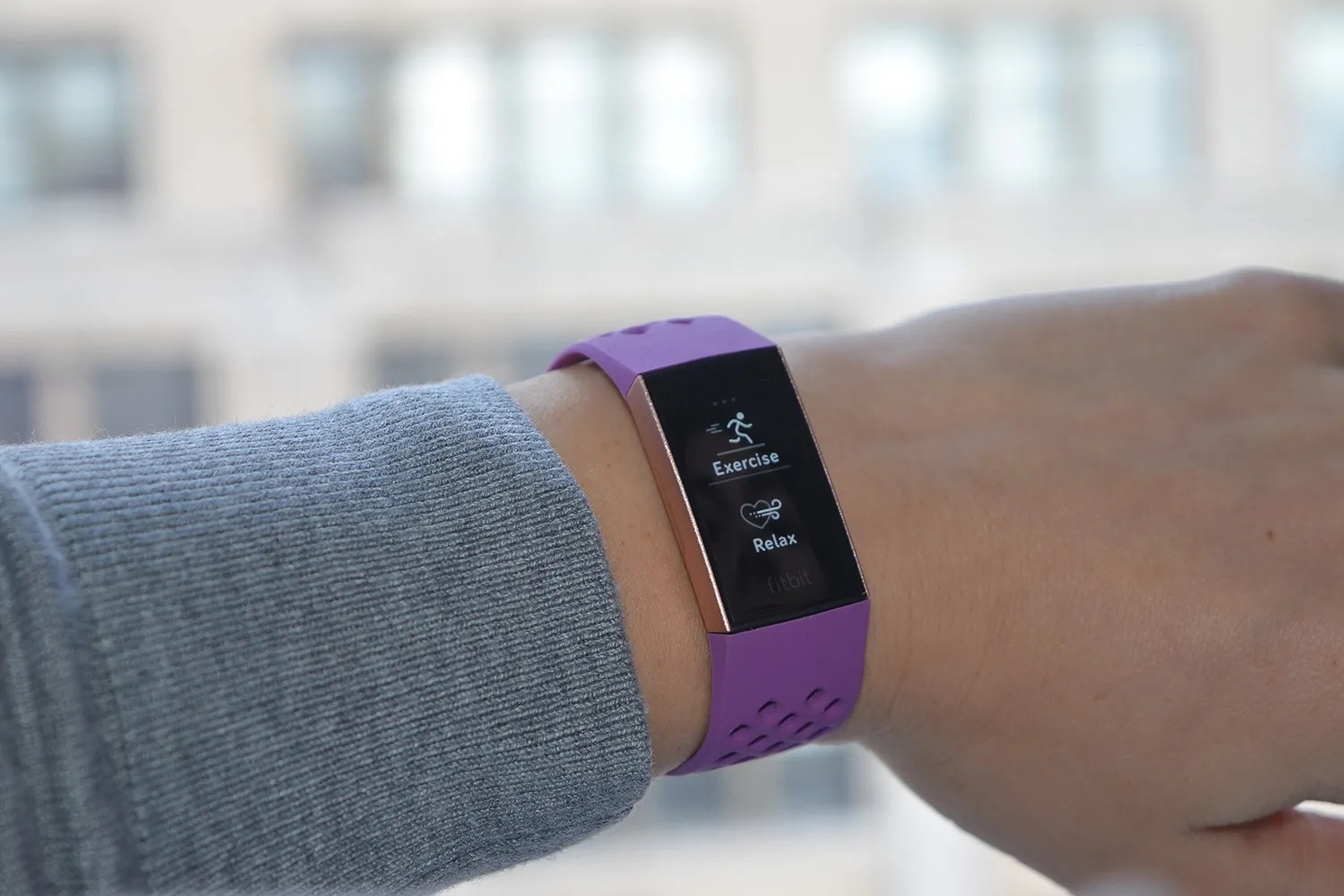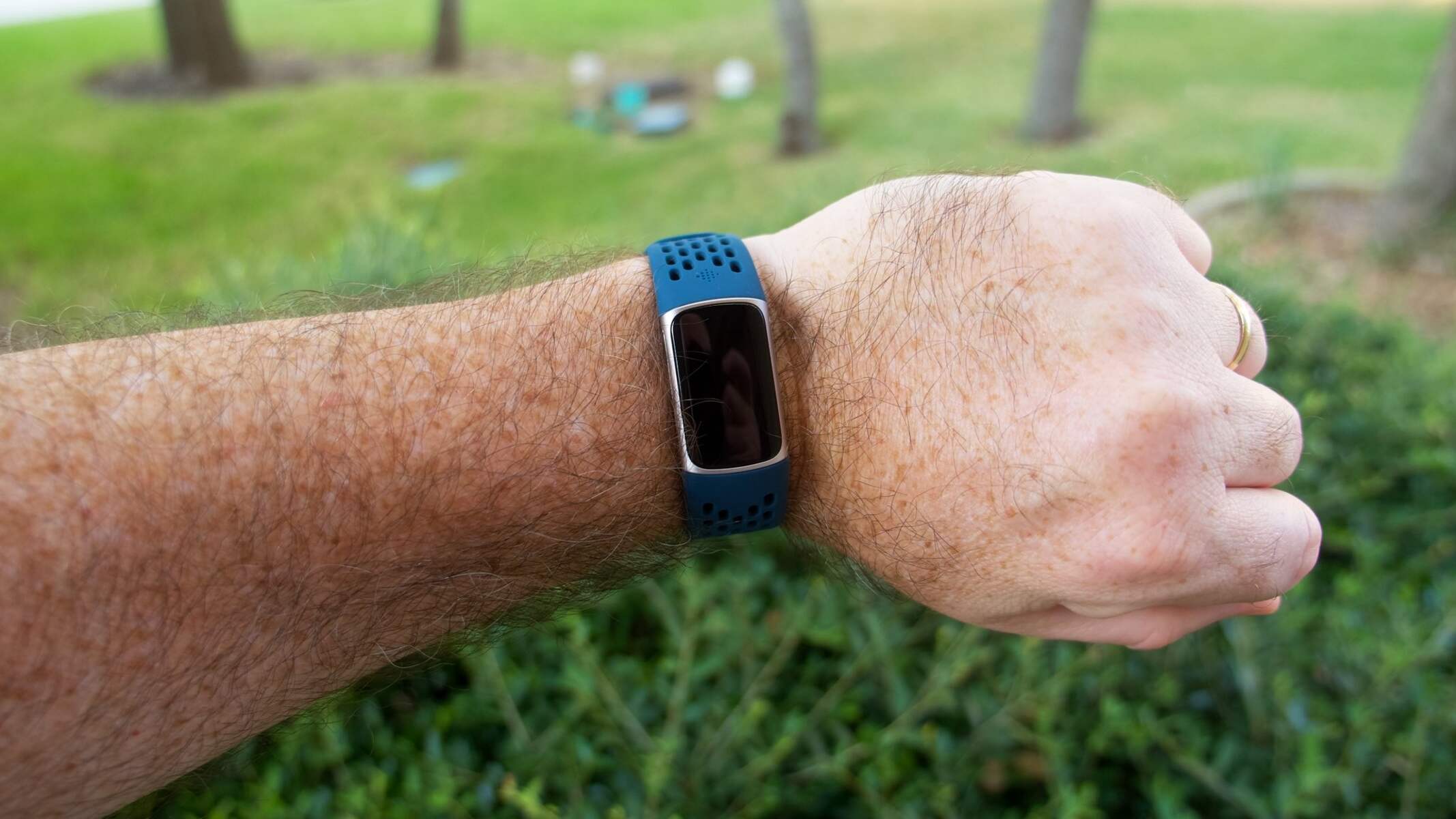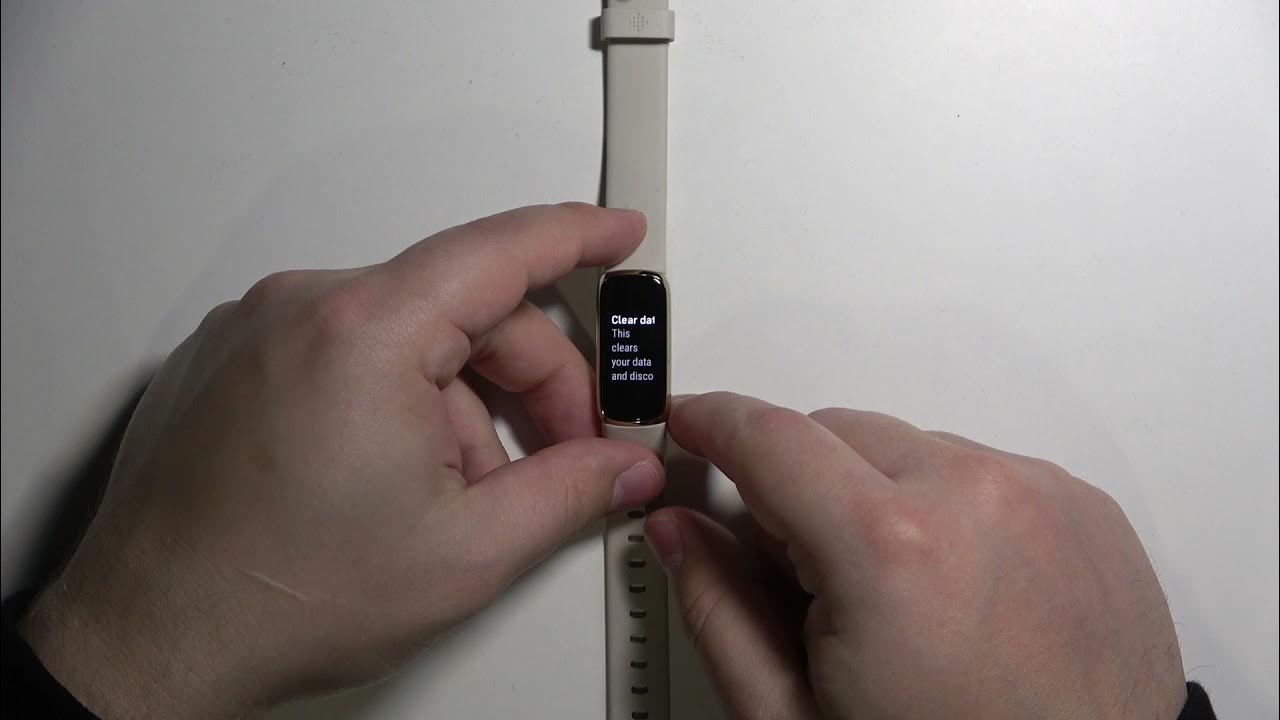Introduction
Resetting your Fitbit One can be a helpful solution to various issues you might encounter, such as syncing problems, unresponsive display, or simply wanting to start fresh with your device. This step-by-step guide will walk you through the process of resetting your Fitbit One, ensuring that you can do so with confidence and ease.
Whether you're a fitness enthusiast who relies on your Fitbit One to track your daily activities or a casual user who wants to optimize the device's performance, understanding how to reset it is essential. By following the instructions provided in this guide, you'll be able to troubleshoot common issues and restore your Fitbit One to its original state.
In the following sections, we will cover the necessary steps to back up your data, perform a factory reset, and set up your Fitbit One again. Each step is designed to be clear and straightforward, allowing you to navigate the reset process without any unnecessary complications. By the end of this guide, you'll have the knowledge and confidence to reset your Fitbit One whenever the need arises.
Resetting your Fitbit One is a valuable skill that can help you maintain the optimal functionality of your device. Whether you're encountering technical issues or simply want a fresh start, this guide will equip you with the essential know-how to carry out the reset process seamlessly. So, let's dive into the step-by-step instructions and ensure that your Fitbit One is always ready to support your active lifestyle.
Step 1: Backing Up Your Data
Before initiating the reset process for your Fitbit One, it's crucial to safeguard your data by performing a backup. This ensures that you don't lose any valuable information, such as activity logs, personal settings, or achievements, during the reset. By following these steps, you can preserve your data and seamlessly restore it once the reset is complete.
Using the Fitbit Mobile App
-
Open the App: Launch the Fitbit mobile app on your smartphone or tablet. Ensure that your device is connected to the internet to facilitate the backup process.
-
Access the Dashboard: Navigate to the dashboard section within the app, where you can view a comprehensive summary of your Fitbit One's data, including activity stats, sleep patterns, and other relevant metrics.
-
Sync Your Fitbit One: Initiate a sync between your Fitbit One and the mobile app to ensure that all the latest data is transferred to the app. This step is crucial for capturing the most recent information before proceeding with the backup.
-
Data Export: Within the app, explore the settings or account management section to locate the data export or backup option. This feature allows you to create a backup file containing all your Fitbit One's essential data.
-
Save the Backup: Follow the on-screen instructions to generate and save the backup file to a secure location, such as your device's internal storage, cloud storage, or a designated backup folder. Ensure that the backup file is easily accessible for the restoration process.
Alternative Backup Methods
If you prefer to back up your Fitbit One data using a computer, you can explore the official Fitbit website or support resources for detailed instructions on utilizing Fitbit Connect or other compatible software for data backup. Additionally, if you have any specific preferences or requirements for backing up your Fitbit One's data, consider reaching out to Fitbit's customer support for personalized guidance.
By diligently backing up your Fitbit One's data, you can proceed with the reset process with confidence, knowing that your valuable information is securely preserved. This proactive approach ensures that you can seamlessly restore your data after the reset, enabling you to continue your fitness journey without any interruptions.
Remember, the backup process is a crucial preparatory step that sets the stage for a successful reset of your Fitbit One. With your data safely backed up, you're ready to move on to the next phase of the reset process: factory resetting your Fitbit One.
Step 2: Factory Resetting Your Fitbit One
Performing a factory reset on your Fitbit One is a fundamental process that allows you to restore the device to its original settings, effectively clearing out any existing data or configurations. This step is essential if you encounter persistent issues with your Fitbit One or if you simply wish to start afresh with the device. By following the instructions below, you can confidently initiate the factory reset, ensuring a seamless and efficient reset process.
Using the Fitbit Mobile App
-
Access the Fitbit App: Open the Fitbit mobile app on your smartphone or tablet, ensuring that your device is connected to the internet for a smooth reset process.
-
Navigate to the Device Settings: Within the app, locate the section dedicated to device settings or management. This is where you can access the specific options related to resetting your Fitbit One.
-
Select the Reset Option: Look for the factory reset or device reset option within the settings menu. This selection typically triggers a series of prompts to confirm your intention to reset the Fitbit One.
-
Follow the On-Screen Instructions: Once you initiate the reset process, carefully follow the on-screen instructions to confirm the reset. This may involve entering your Fitbit account credentials or providing additional verification to ensure the security of the reset action.
Alternative Reset Methods
If you prefer to perform the factory reset using a computer, you can explore the official Fitbit website or support resources for detailed instructions on utilizing Fitbit Connect or other compatible software for the reset process. Additionally, if you encounter any challenges or uncertainties during the reset, consider reaching out to Fitbit's customer support for personalized assistance.
After the Reset
Upon completing the factory reset, your Fitbit One will revert to its original state, free from any previous data or configurations. This clean slate provides you with the opportunity to reconfigure the device according to your preferences and start anew with confidence. With the factory reset successfully executed, you're now prepared to move on to the final phase: setting up your Fitbit One again.
Performing a factory reset on your Fitbit One not only resolves potential issues but also allows you to optimize the device's performance. By following the outlined steps, you can ensure that the reset process is carried out effectively, empowering you to make the most of your Fitbit One's capabilities.
Step 3: Setting Up Your Fitbit One Again
After successfully performing a factory reset on your Fitbit One, the next crucial step is to set up the device again, ensuring that it is personalized to meet your specific preferences and requirements. This process allows you to re-establish the connection between your Fitbit One and your associated accounts, ensuring seamless functionality and accurate activity tracking. By following the detailed steps below, you can confidently navigate the setup process and optimize your Fitbit One for your active lifestyle.
Reconnecting to the Fitbit App
-
Launch the Fitbit App: Open the Fitbit mobile app on your smartphone or tablet, ensuring that your device is connected to the internet for a smooth setup process.
-
Access Device Setup: Navigate to the device setup or pairing section within the app, where you can initiate the process of reconnecting your Fitbit One.
-
Select Your Fitbit One: Identify your Fitbit One from the list of available devices and proceed with the pairing process. Follow the on-screen instructions to ensure a successful connection.
Personalizing Your Settings
-
Account Verification: Verify your Fitbit account credentials to ensure that the device is linked to the correct user profile, enabling accurate data synchronization and personalized insights.
-
Customize Display Preferences: Explore the device settings within the app to customize the display preferences of your Fitbit One, including clock faces, notifications, and activity tracking options.
-
Set Activity Goals: Define your daily activity goals based on your fitness objectives, allowing your Fitbit One to provide tailored feedback and motivation as you pursue your active lifestyle.
Syncing and Data Transfer
-
Initiate Sync: Trigger a sync between your Fitbit One and the mobile app to ensure that all the latest settings and preferences are transferred to the device, enabling seamless integration.
-
Data Restoration: If you previously backed up your Fitbit One's data, utilize the backup file to restore your activity logs, achievements, and personal settings, ensuring a smooth transition from the reset state.
Testing Functionality
-
Activity Tracking: Engage in a brief physical activity to test the accuracy of your Fitbit One's activity tracking capabilities, ensuring that it captures and records your movements effectively.
-
Notifications and Alerts: Verify that notifications and alerts are functioning as expected, allowing you to stay informed about incoming calls, messages, and other relevant updates.
By meticulously setting up your Fitbit One again, you can ensure that the device aligns with your fitness goals and preferences, empowering you to make the most of its advanced features and capabilities. This comprehensive setup process not only reinstates the functionality of your Fitbit One but also provides an opportunity to customize the device according to your unique requirements, setting the stage for a seamless and rewarding fitness journey.
Conclusion
In conclusion, the process of resetting your Fitbit One encompasses essential steps that empower you to troubleshoot issues, optimize performance, and personalize the device according to your fitness journey. By following the step-by-step guide outlined in this article, you've gained valuable insights into backing up your data, performing a factory reset, and setting up your Fitbit One again with confidence and efficiency.
Resetting your Fitbit One is not merely a technical procedure; it's a proactive approach to maintaining the optimal functionality of your device. By backing up your data before initiating the reset, you've safeguarded your valuable information, ensuring a seamless transition during the reset process. This proactive measure enables you to preserve your activity logs, achievements, and personal settings, allowing you to seamlessly restore your data and continue your fitness tracking without any interruptions.
The factory reset process serves as a pivotal step in addressing persistent issues and optimizing the performance of your Fitbit One. By executing the reset with precision, you've effectively cleared out any existing data or configurations, providing a clean slate to reconfigure the device according to your preferences. This fundamental process not only resolves potential issues but also allows you to make the most of your Fitbit One's advanced features, ensuring a rewarding fitness experience.
Setting up your Fitbit One again marks the culmination of the reset process, empowering you to personalize the device to align with your fitness goals and preferences. By re-establishing the connection between your Fitbit One and associated accounts, customizing display preferences, and defining activity goals, you've laid the foundation for a seamless and tailored fitness tracking experience. This comprehensive setup process ensures that your Fitbit One is primed to support your active lifestyle effectively.
In essence, the ability to reset your Fitbit One is a valuable skill that empowers you to maintain the optimal functionality of your device, address technical issues, and personalize the device according to your unique requirements. By mastering the reset process, you're equipped with the knowledge and confidence to navigate potential challenges, ensuring that your Fitbit One remains an indispensable companion in your fitness journey.







